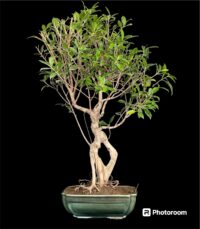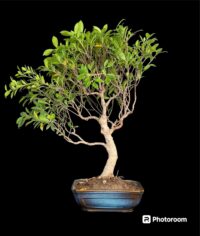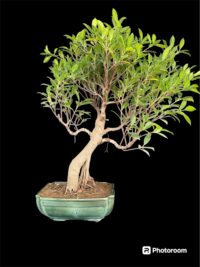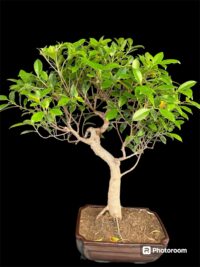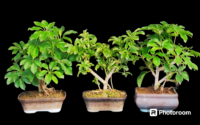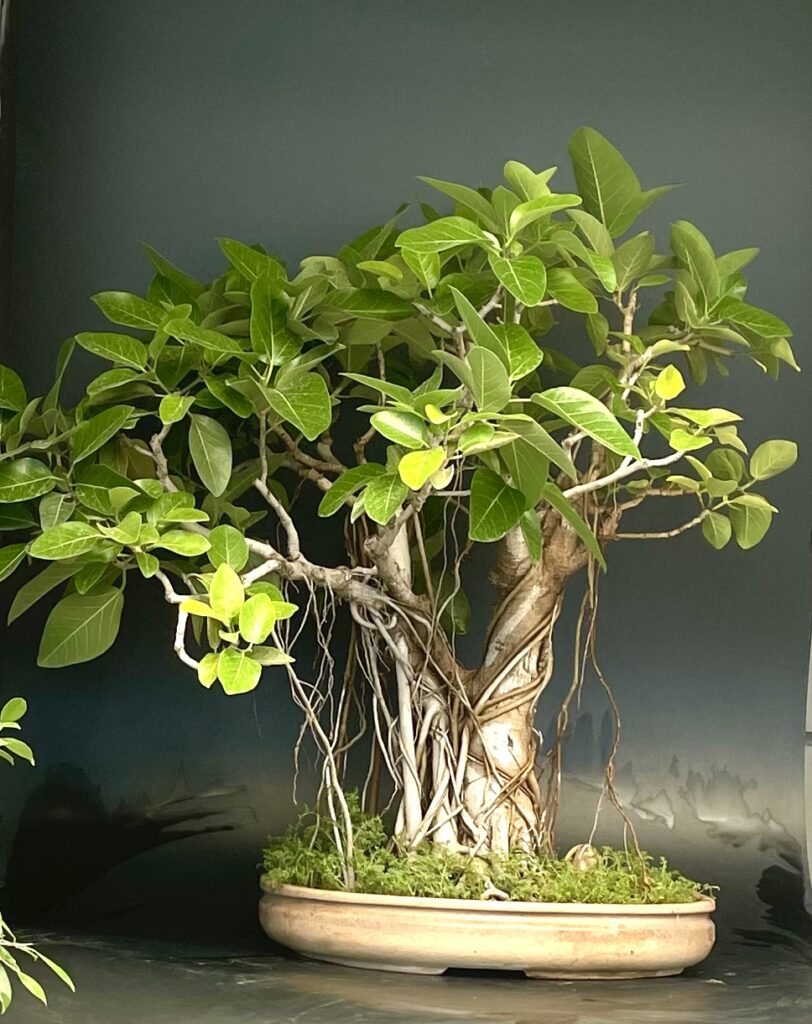

Introduction to the Bargad Bonsai Tree Species- Ficus bengalensis-National Tree of India.
Banyan / Bargad Bonsai trees are beautiful and unique plants that have been a part of Japanese culture for centuries.
Over time, bonsai cultivation has spread to other parts of the world, developing many different bonsai species. One such species is the Banyan Bonsai, which is known for its sturdy, thick trunk and beautiful foliage. In this article, we will explore the history of the Banyan Bonsai tree, its characteristics, and how to care for this beautiful species.
Discover the fascinating world of Bargad bonsai tree species. Learn how to grow, care for, and style these incredible trees. From their unique characteristics to their fascinating history, this guide covers everything you need to know about Barh bonsai trees.
History of the Bargad Bonsai Tree
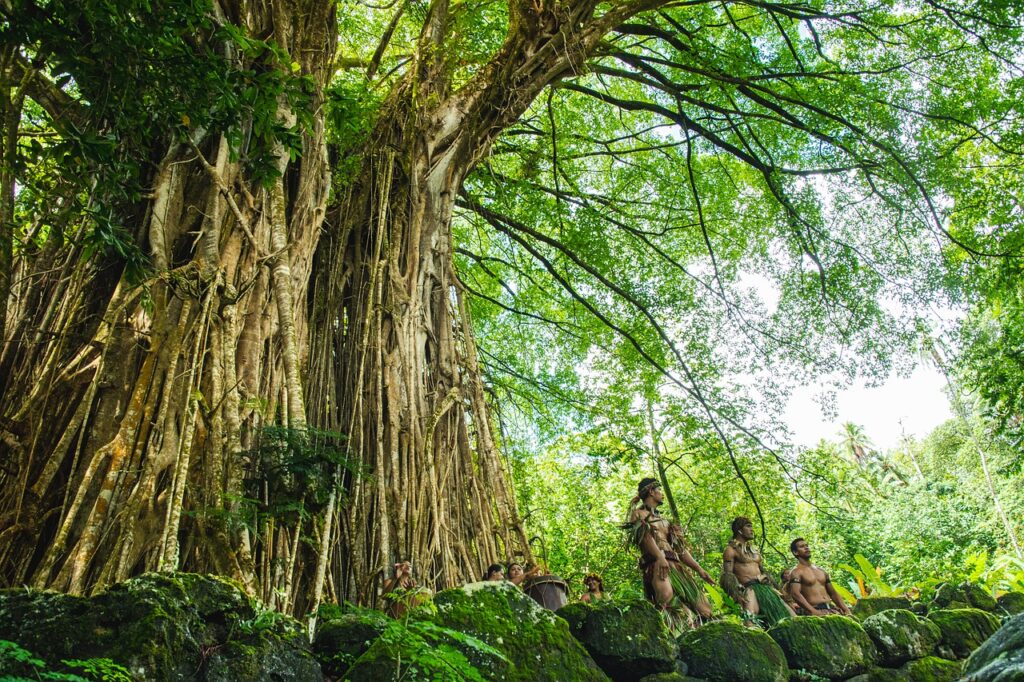
This Bonsai tree, also known as the Banyan tree bonsai, is native to the Indian subcontinent and is considered sacred in Hinduism. It has been a part of Indian culture for centuries and is often found in temples and other religious structures. The tree has also been used in traditional medicine, as it is believed to have many health benefits.
The Banyan tree was introduced to Japan in the 17th century, where it was cultivated as a bonsai tree. Over time, Japanese bonsai enthusiasts developed a unique style of growing this Bonsai, which involved creating a thick, sturdy trunk and large, sprawling roots.
Ficus benghalensis, also known as the Bengal fig, is a species of banyan fig native to the Indian subcontinent. It belongs to the family Moraceae and is a popular choice for bonsai cultivation due to its aerial roots, large canopy, and ability to develop a thick trunk.
In its natural habitat, Ficus benghalensis can grow up to 30 meters tall with a canopy spread of 200 meters. Its leaves are leathery and dark green with a prominent midrib.
The figs produced by the tree are round and yellow when ripe and are a favourite food source for many animals.
In its natural habitat, Ficus benghalensis can grow up to 30 meters tall with a canopy spread of 200 meters. Its leaves are leathery and dark green with a prominent midrib. The figs produced by the tree are round and yellow when ripe and are a favourite food source for many animals.
Characteristics of the Bargad Bonsai Tree
The Banyan Bonsai tree is a unique and beautiful species that has several distinguishing features. One of the most notable features of this species is its thick, sturdy trunk, which is often twisted and gnarled in appearance.
The roots of the Bargad Bonsai are also thick and sprawling, giving the tree a powerful and majestic appearance.
In addition to its unique trunk and roots, the Bargad tree has beautiful foliage. The leaves of this species are large and shiny, with a deep green colour that is perfect for creating a striking visual contrast against the tree’s trunk and roots.
How to Care for a Bargad Bonsai Tree
Caring for a Banyan Bonsai tree requires a bit of knowledge and skill, but it can be a rewarding experience for those who are willing to put in the effort. Here are a few tips for caring :
Watering Banyan Tree Bonsai
This Bonsai tree should be watered regularly, but not too often. Overwatering can lead to root rot, while under-watering can cause the tree to wilt and die. The soil should be kept moist but not waterlogged, and the tree should be watered deeply to encourage healthy root growth.
Soil
The soil used for a Bargad Bonsai tree should be well-draining, with a good balance of nutrients. A mix of peat moss, sand, and perlite is often recommended, as it provides good drainage and allows for proper aeration of the roots.
Pruning of Banyan tree Bonsai
Pruning is an important part of caring for a Banyan Bonsai tree, as it helps to maintain the tree’s shape and promote healthy growth. The tree should be pruned regularly to remove any dead or diseased branches, as well as to shape the tree into the desired form.
Fertilizer
This Bonsai tree should be fertilized regularly to promote healthy growth and development. A balanced fertilizer is often recommended, as it provides the tree with the nutrients it needs without causing any harm.
Sunlight
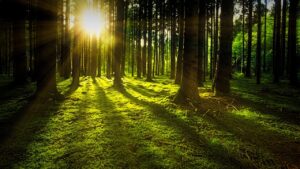
The Bonsai tree should be placed in a location that receives plenty of sunlight, but not too much direct sunlight.
Too much direct sunlight can cause the leaves to scorch, while too little sunlight can lead to stunted growth and poor health.
Bargad bonsai / Banyan Bonsai Tree and Fang Shui
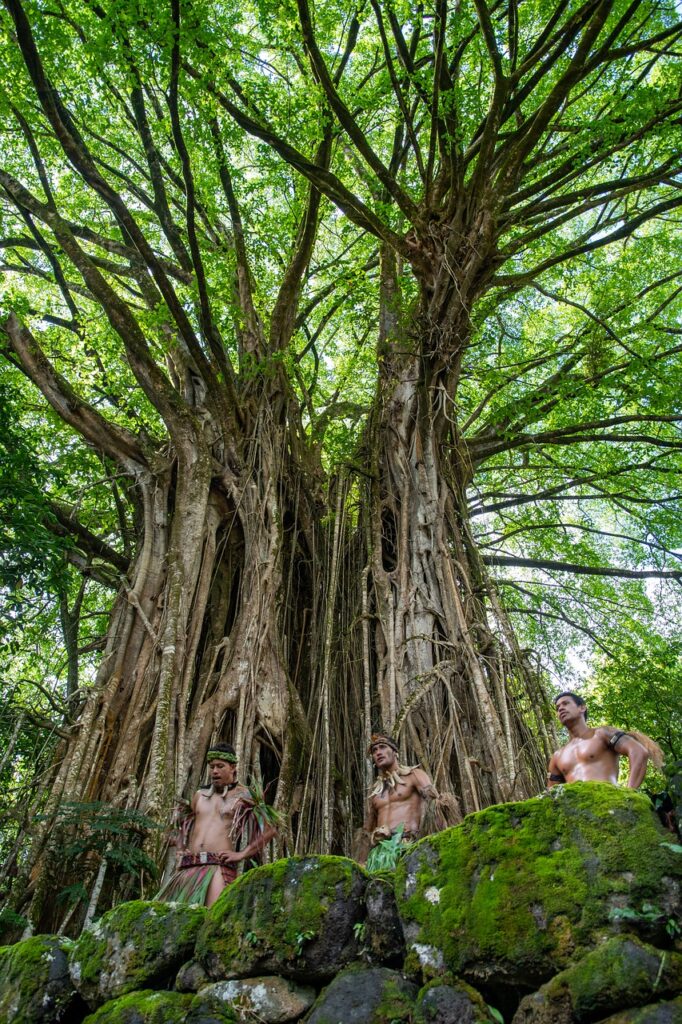
Bargad Bonsai trees are often used in feng shui practices due to their aesthetic appeal and ability to promote a sense of peace and tranquility. In feng shui, the placement of bonsai trees is carefully considered, as they are believed to attract positive energy and promote balance and harmony in a space.
Additionally, certain species of bonsai trees are believed to have specific feng shui properties. For example, the juniper bonsai tree is believed to promote prosperity and good luck, while the jade bonsai tree is said to bring harmony and peace.
Overall, bonsai and feng shui are two practices that share a common goal of promoting balance and harmony in living spaces, and the use of bonsai trees in feng shui practices is a testament to the deep connection between these two traditions.
BEST Banyan BONSAI by delhi Bonsai
Featured Plants by Delhi Bonsai
Buy Online and get it home delivered in 3 hours Delhi NCR
Our Motto
What you see is what you get
Delivery
Personalised delivery at door step
Mission
Creating green spaces

